
As we step into 2025, the e-commerce landscape continues to evolve at a rapid pace. With increasing competition and changing consumer expectations, it is crucial for Shopify store owners to stay ahead of the curve when it comes to emerging design trends.
Here you will find key trends that can help future-proof your Shopify store, inspiring you to tap into these ideas.
Mobile-First Design
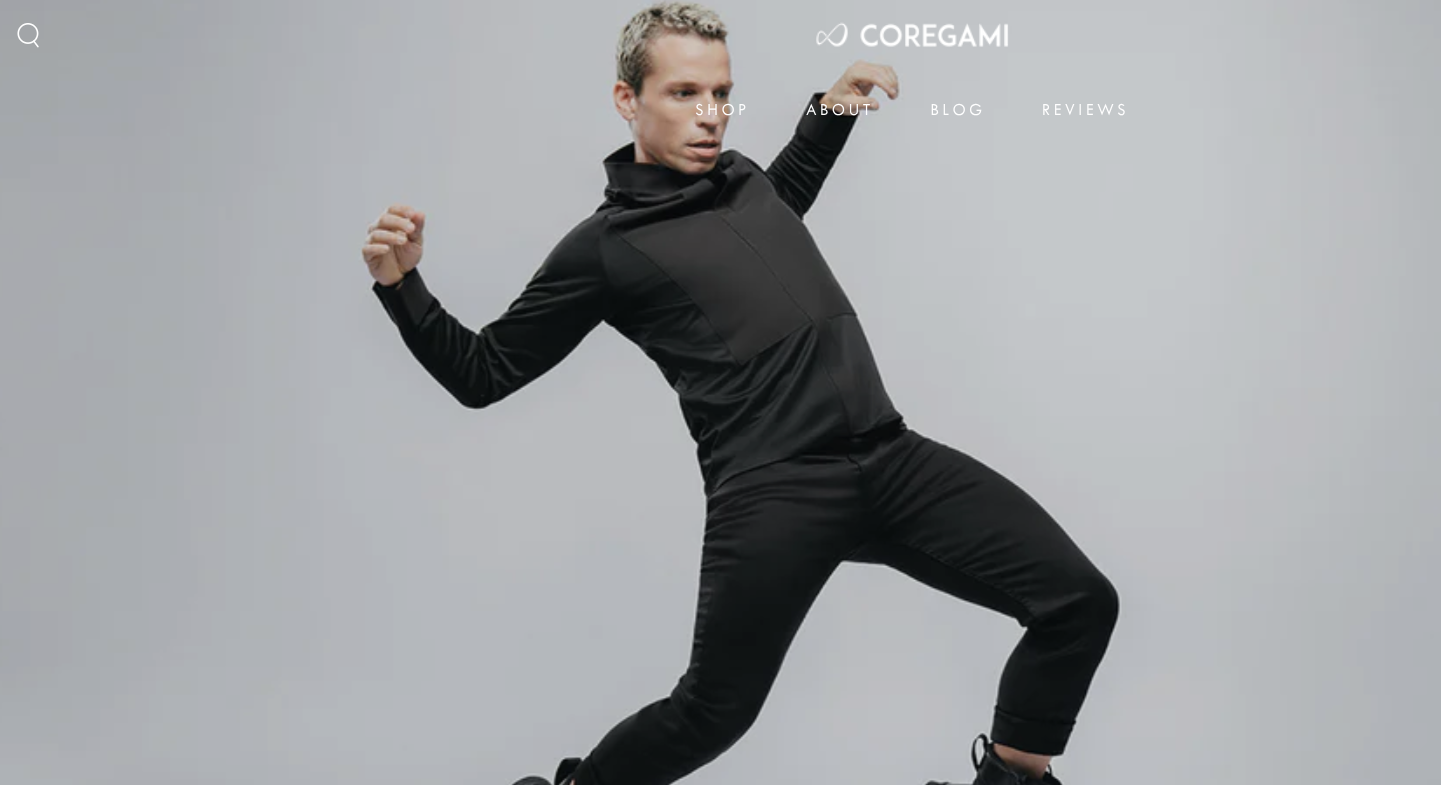
With mobile commerce accounting for a significant portion of online sales, adopting a mobile-first design approach is no longer optional; it's essential (the numbers speak for themselves). In 2025, optimizing your Shopify store for mobile users will be critical for both user experience and search engine rankings.
What needs attention:
- Responsive Layouts: Ensure your design adapts to different screen sizes.
- Touch-Friendly Navigation: Simplify navigation for easy access on smaller screens.
- Fast Load Times: Optimize images and scripts to enhance loading speeds.
For example, you can check Coregami, currently using a Shopify theme that provides an excellent shopping experience on both mobile and desktop devices.
Integration of Artificial Intelligence (AI)
AI is transforming how e-commerce platforms like Shopify personalize user experiences. In 2025, expect AI to play an even more significant role in enhancing customer engagement.
What AI could do:
- Personalized Product Recommendations: AI algorithms analyze browsing history to suggest relevant products.
- AI-Powered Chatbots: Provide instant customer support, answering FAQs and assisting with purchases (check Tidio or Appella).
Brands like Sunglass Hut are already leveraging AI-driven personalization on their Shopify websites to make the user interaction smoother and improve conversion rates.
Minimalist Design Approach
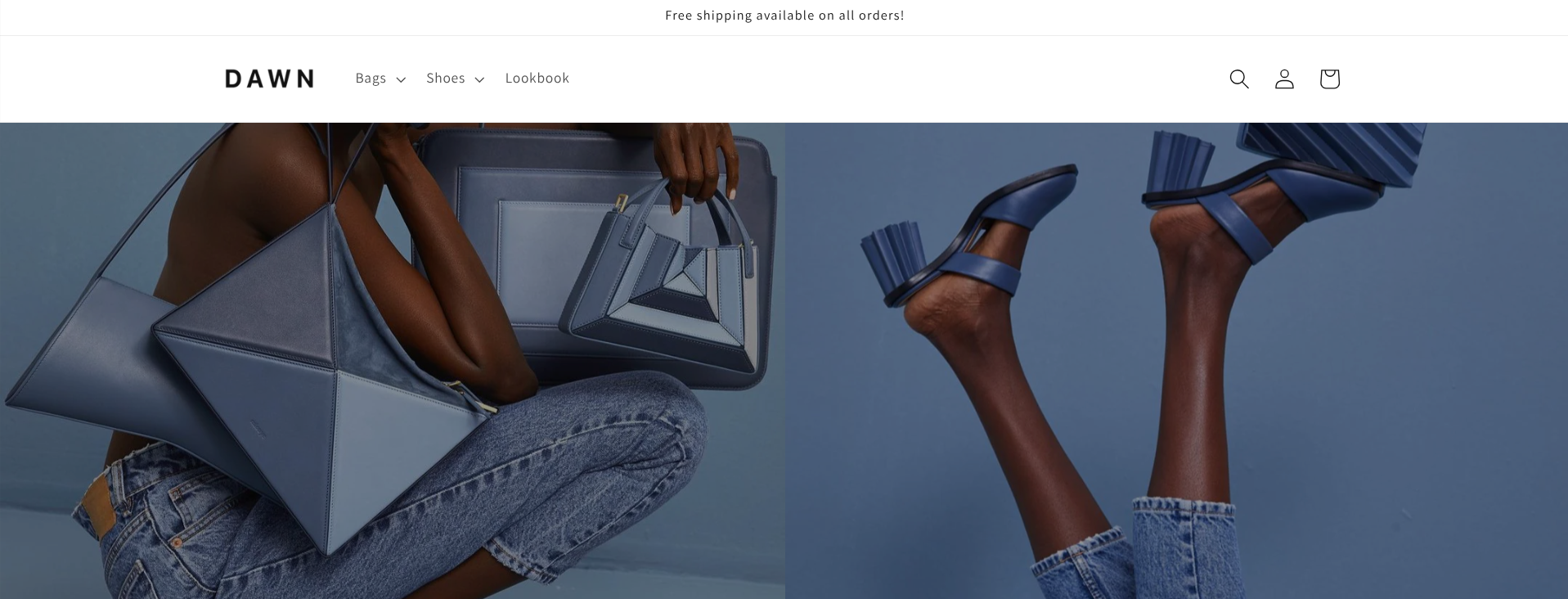
On this blog we reviewed Dawn, a very popular and minimalist Shopify template that perfectly represents this exact trend. By reducing clutter and focusing on essential elements, brands can create a more serene shopping environment.
Key concepts:
- Clean Lines and White Space: Use ample white space to draw attention to products.
- Restrained Color Palettes: Opt for subtle colors that complement the brand without overwhelming visitors.
Studies show that minimalist designs lead to lower bounce rates as users are less distracted and more engaged with the content.
Voice Commerce Optimization
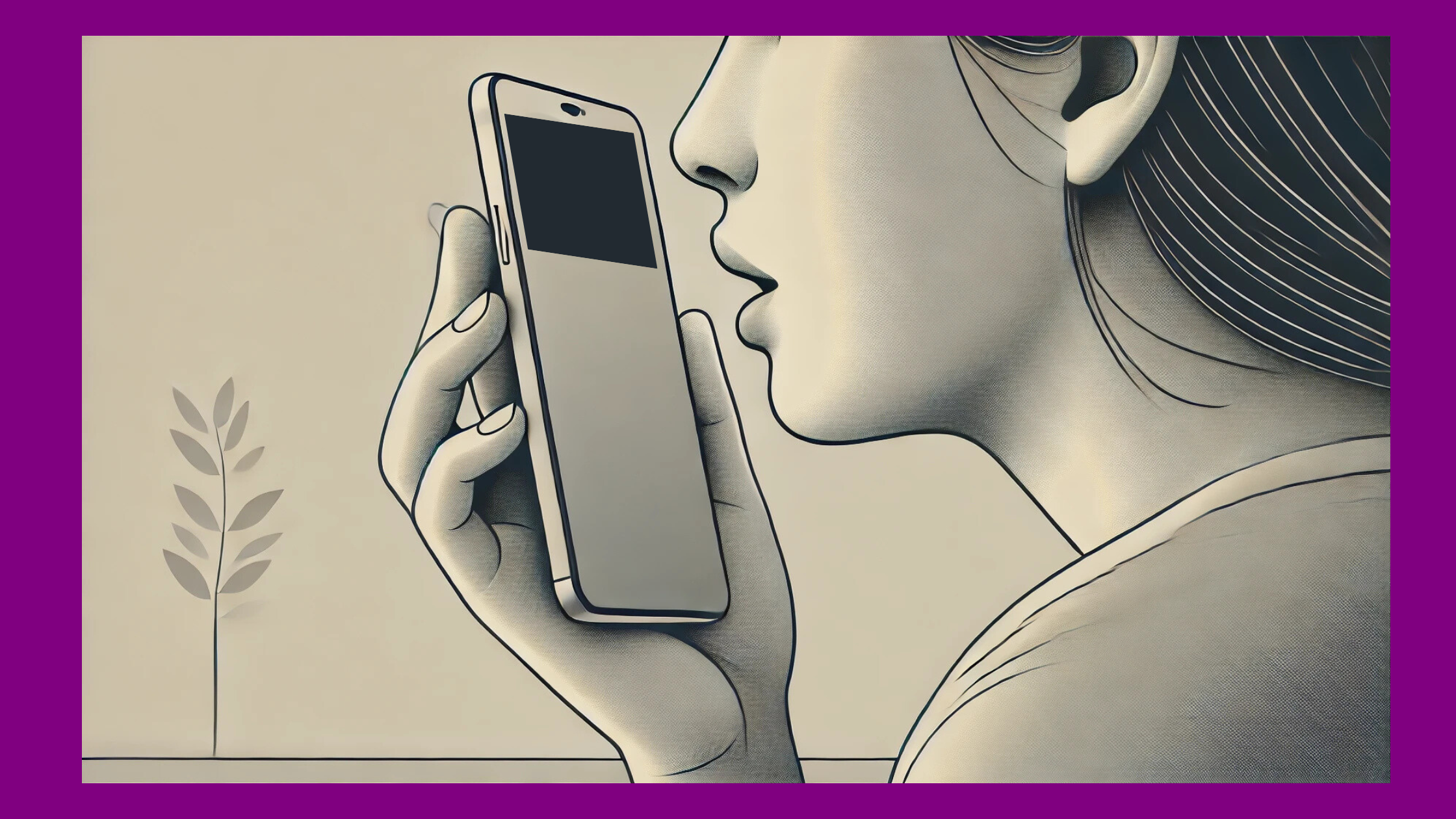
With the rise of virtual assistants like Alexa and Siri, voice commerce is becoming an integral part of online shopping. Optimizing your Shopify store for voice search will make the difference in 2025.
What to consider:
- Voice Search Functionality: Allow customers to search for products using voice commands (read more on the Searchanise documentation).
- Conversational User Interfaces: Design interfaces that facilitate natural language interactions.
Integrating voice commerce capabilities can enrich the shopping experience and potentially attract more tech-savvy consumers.
Augmented Reality (AR) Experiences

Augmented reality is revolutionizing how customers interact with products online. By allowing customers to visualize products in their own environments, AR can deeply change the shopping experience.
Key Features:
- Virtual Try-Ons: Enable customers to see how clothing or accessories look on them before purchasing.
- Product Visualization: Allow users to place furniture or decor items in their homes virtually.
Brands like IKEA have successfully implemented AR features in their apps, and their implementation could serve as a source of inspiration for modern e-shops creators.
6. Enhanced User Experience (UX) through Interactive Elements
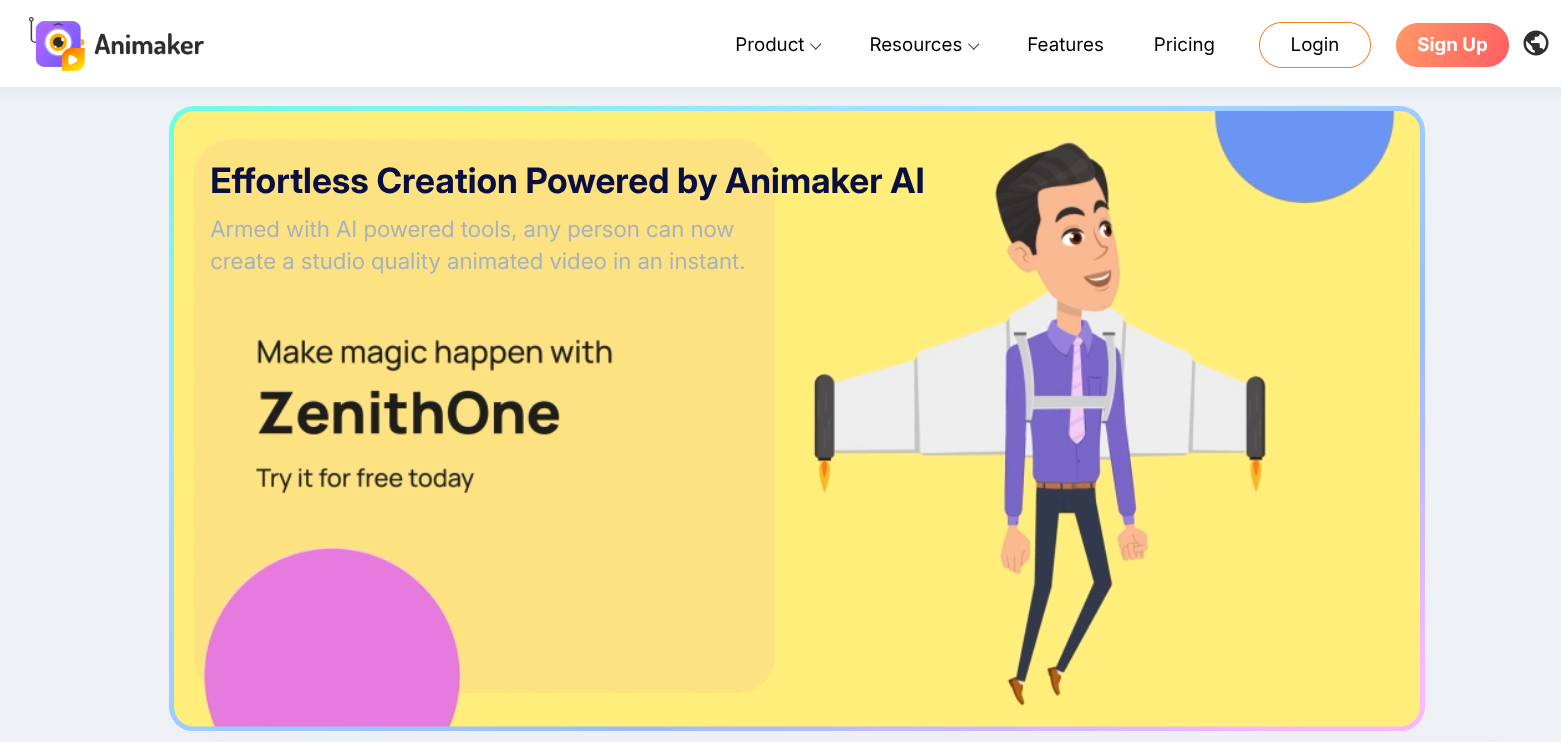
Interactive design elements can engage customers more effectively than static content. In 2025, incorporating interactive features will be important to make more out of the user experience on Shopify.
Things to consider:
- Dynamic Content Loading: Use animations or transitions that respond to user actions (check Animaker or Blender).
- Gamification Elements: Introduce rewards or challenges that encourage user interaction (check this idea by Winky Lux).
For instance, brands can utilize quizzes or surveys to guide users toward suitable products based on their preferences (some great examples have been shared in this article).
Customizable Shopping Experiences
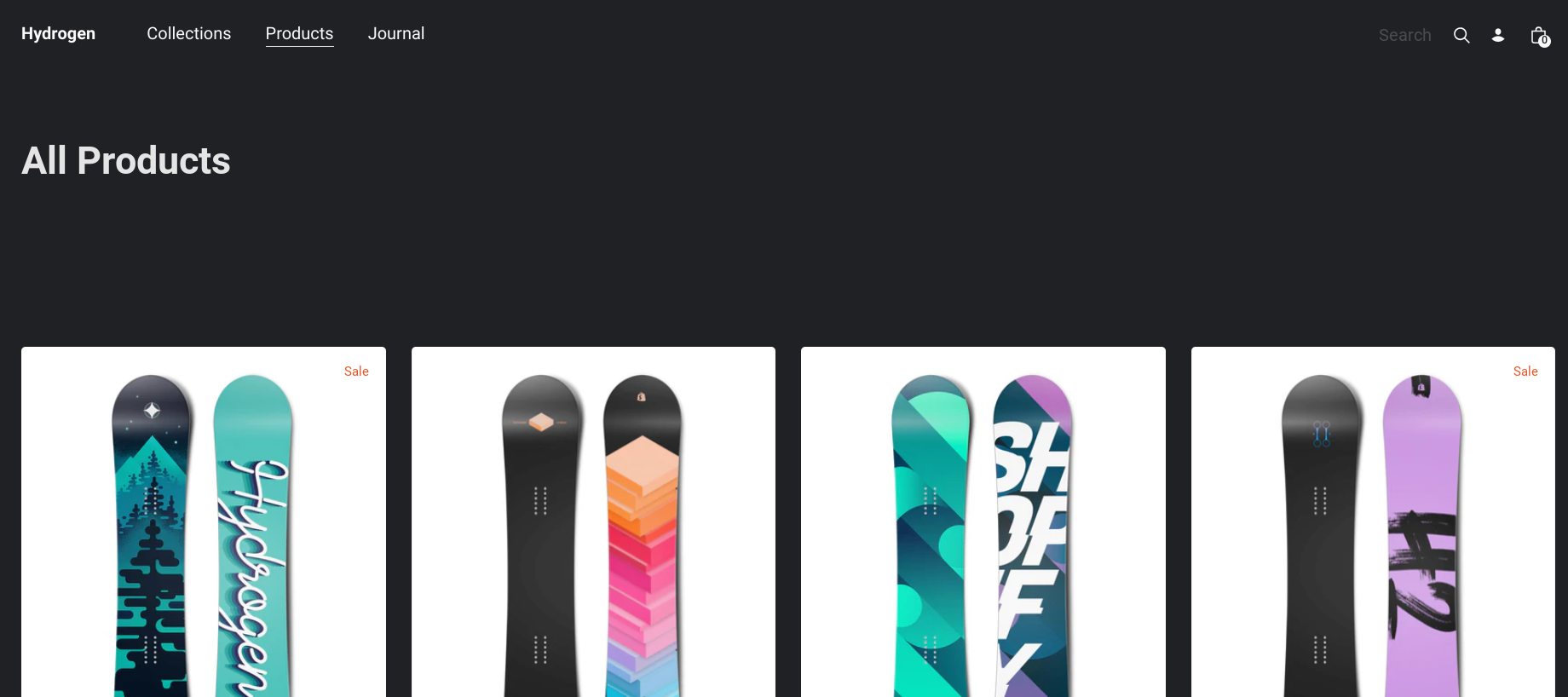
In an era where personalization is key, offering customizable shopping experiences will be essential in 2025.
Key Features:
- Tailored Landing Pages: Create personalized landing pages based on user behavior and preferences (possibly creating many different pages and A/B test them: easy with Polipo),
- Flexible Product Options: Allow customers to customize products as their prefer (e.g., color, size, custom details, check Hulk Product Options).
This level of personalization could even encourage repeat purchases and build customer loyalty.
What is Next?

Imagine if you could A/B test any of the ideas above in just a few minutes?
Polipo let you design everything in Figma and bring the UI straight to the front-end side of your e-commerce or website.
All without generating code for the engineers.
Curious to see how?
Start here.